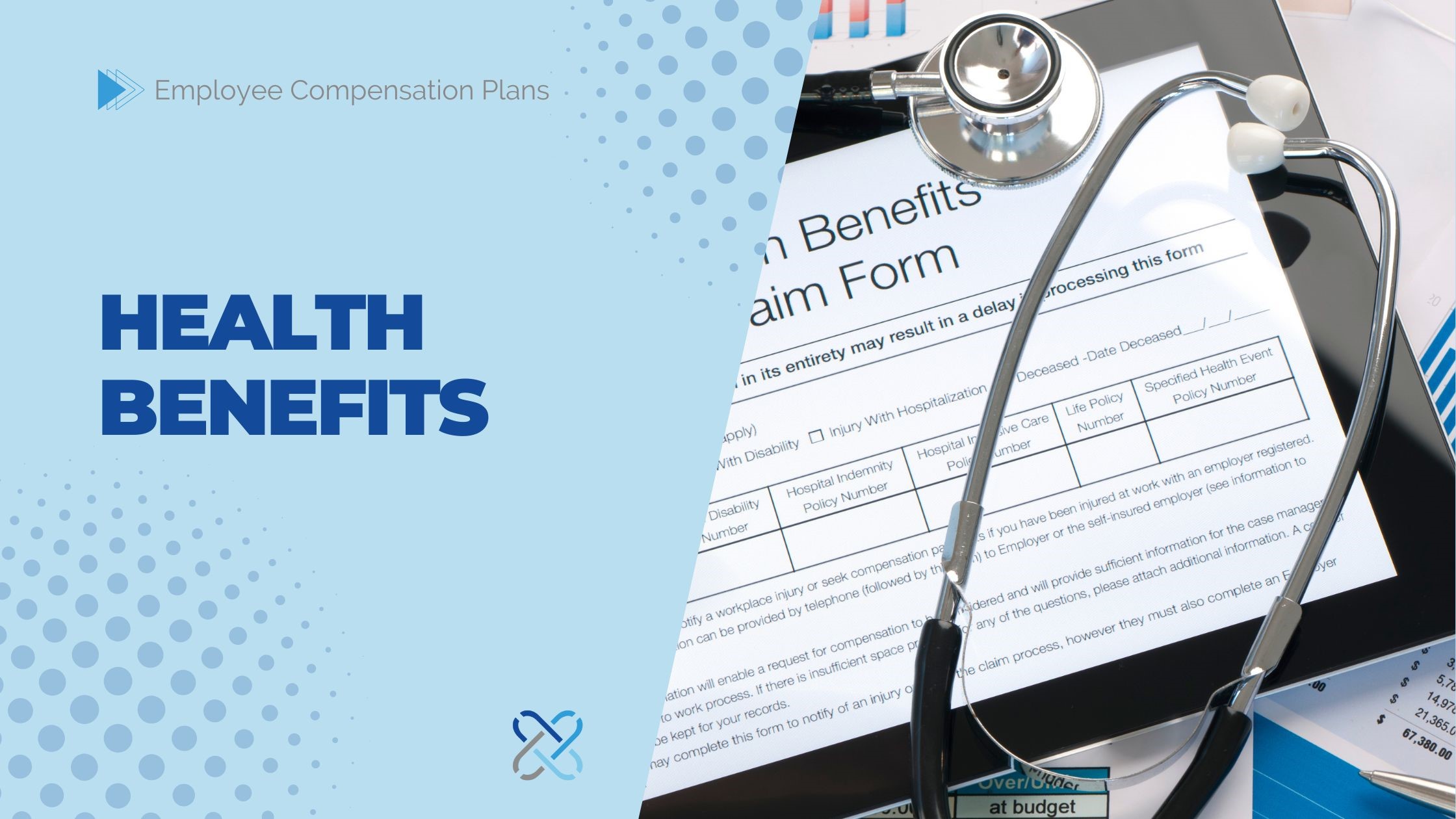Employee Compensation Plans: The 5 Main Components
Many small business owners are under the false impression that simply setting a pay rate is all that’s required in terms of employee compensation. If only it were that easy, though.
The term “compensation” may sound like a simple work-for-pay arrangement, but there’s actually quite a bit more thought that goes into it.
Statistics show that 78% of employees are more inclined to stay with an employer because of their benefits program, while more than 40% said that their company loyalty will increase if their employers customize their benefit options to meet their individual needs.
If you’re going to attract and retain employees, and save on the cost of replacing an employee, which can range from 50% to 200% of their annual salary, you’ll have to offer a full compensation plan.
Compensation plans may include monetary and non-monetary benefits, and provisions under each of them can vary depending on the budget and the employees’ needs, so you can design yours to suit your organization. However, there are five staples that should be embedded in your plan:

First, the obvious: Employees’ pay will make up the bulk of their compensation plan. But choosing whether to offer an hourly wage or a salary is an entire process of its own.
Employees on an hourly wage are classified as non-exempt and paid one and a half times their hourly rate for any overtime (generally non-managerial employees). Salaried employees are given an annual wage that is divided evenly among the number of paychecks they are to receive throughout the year. An employee on salary usually does not receive any overtime pay.

Pay raises, bonuses and incentives are all key factors in a compensation plan. Employees are particularly attracted to jobs that offer a base wage or salary with the opportunity for additional earnings based on performance because this allows them to see both financial security and earnings growth potential simultaneously.
The problem is, many employers paint a foggy picture of incentives. It’s best to outline, in detail, any benchmarks and accomplishments that will trigger a bonus, raise or commission. If you can give exact percentages, figures and dates, even better.

Paid leave is an important part of your compensation and benefits, as it fuels the promotion of work-life balance. In a survey, it was revealed that paid time-off (PTO) is regarded as more important than other benefits by small business employees.
PTO includes vacations, sick days, holidays, and bereavement, among others. You can classify it accordingly and allocate days for each, or you can offer more flexibility by giving employees a set number of paid days without distinction and let them decide how they will use it.
A current topic that is often talked about is unlimited PTO. It is a policy that does not limit PTO to a set number of days, but allows employees to take time off whenever, as long as it does not hamper the operations.
While 72% of workers show a positive attitude towards this arrangement, some are having qualms about its adoption as it is prone to abuse and may hurt operations, and will cause the loss of accrued days.

Health benefits are part of a compensation plan because you are paying a portion of employees’ health care cost when you give them the opportunity to sign up for health insurance through your company. This can also include any combination of dental care, vision care, short-term disability coverage and long-term disability coverage. Health care is an enormous expense for an employer that employees should not take for granted. The employees’ share of the premium is deducted from their gross income before taxes.
There are different types of health insurance plans which you can avail for your employees:
- Health Maintenance Organization (HMO)
- Preferred Provider Organization (PPO)
- Point of Service (POS) Plan
- High Deductible Health Plan (HDHP)
- Flexible Spending Account (FSA)
- Health Savings Account

Lastly, a comprehensive compensation plan usually includes some type of retirement contribution, such as a 401(k) plan in which the employer matches a percentage of earnings that employees contribute out of their paycheck. For example, if an employee puts 7% of his or her income into retirement savings, the employer will match 50% of the total or 3.5% of the employee’s gross earnings. This type of plan usually has a vesting period of one to five years, meaning the money becomes available to the employee in percentage increments over that span of time.
These are only the basics when it comes to creating a competitive employee compensation package. Payroll Solutions also offers a full-service platform from pre-hiring to retirement for employees. Talk to us today for more information and insight on how to create and manage an effective compensation plan or to learn more about our full-service platform.







